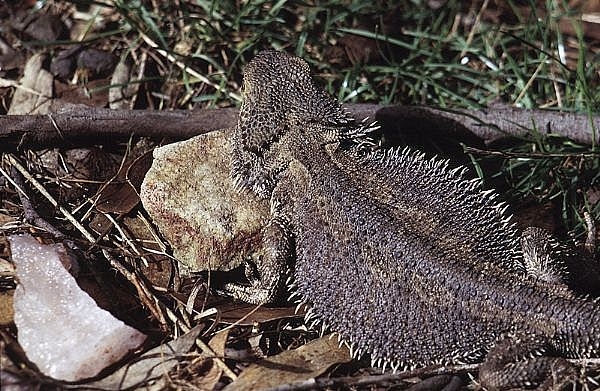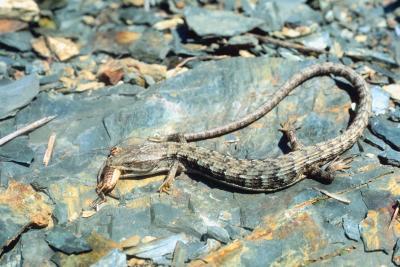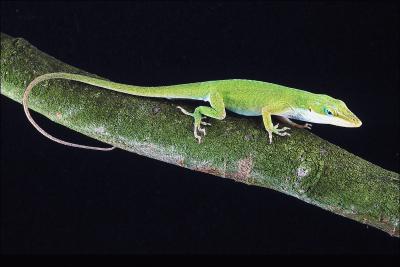
How to Breed a Bearded Dragon. Bearded dragons are said to have one of the best dispositions of all the lizards. Therefore, they are known to make good reptile pets. Those who enjoy the company of a pet bearded dragon might be considering breeding them for fun or profit. If you'd like to breed bearded dragons, just follow these steps.

Place the adult bearded dragon couple into a large, enclosed space.
Begin keeping an eye on the female after mating occurs. Look for signs of a bulging abdomen. The typical gestation period is approximately four to six weeks.
Place the sand and peat mixture in the litter tray. This tray should be put in the dragons' cage a week or two prior to the end of the gestation period. You may cover the tray with a section of bark to allow for a darker, enclosed area.
Observe the female and wait for her to lay her clutch of eggs. There will be anywhere from 12-30 eggs in a clutch.
Remove the tray with the eggs from the enclosure and place in the incubator.
Allow the eggs to remain in the incubator (at a temperature of approximately 84 degrees Fahrenheit) for 65-75 days.
Observe the eggs for signs of collapse, toward the end of the incubation period. Bearded dragon eggs begin to collapse about a day before the hatchlings begin to emerge.
Keep the baby dragons in the incubator for 24 hours after hatching to ensure the yolk sacs are absorbed.
Start the hatchlings on a diet of tiny crickets about three days after hatching.
 How to Feed Chameleons
How to Feed Chameleons
How to Feed Cha
How to Feed Chameleons
How to Feed Chameleons
How to Feed Cha
 Different Kinds of Lizards in Florida
Different Kinds of Lizards in Florida
Different Kinds of Lizards in Florida
Different Kinds of Lizards in Florida
 How to Catch a Blue-Tongued Lizard
How to Catch a Blue-Tongued Lizard
How
How to Catch a Blue-Tongued Lizard
How to Catch a Blue-Tongued Lizard
How
 Food for an Alligator Lizard
Food for an Alligator Lizard
Food for
Food for an Alligator Lizard
Food for an Alligator Lizard
Food for
 Green Anole Lizard Facts
Green Anole Lizard Facts
Green Anole L
Green Anole Lizard Facts
Green Anole Lizard Facts
Green Anole L
Copyright © 2005-2016 Pet Information All Rights Reserved
Contact us: www162date@outlook.com